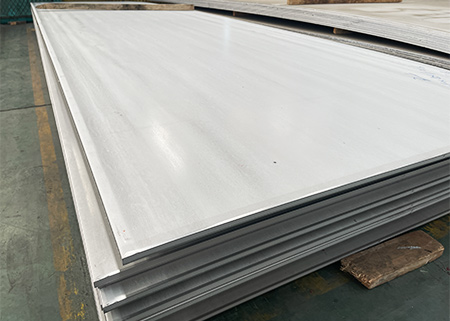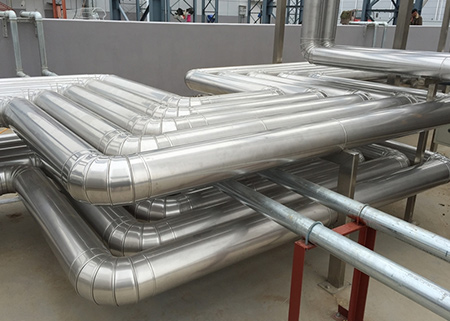Stainless steel sheets are a widely used material in various industries, and their recyclability is of great concern. Understanding the recyclability of stainless steel sheets requires a deep dive into their characteristics.

Characteristics of Stainless Steel Sheets
Material Composition
The main components of stainless steel sheets include iron, chromium, nickel, and other alloying elements. Chromium content typically exceeds 10.5%, imparting corrosion resistance to stainless steel sheets. Additionally, the addition of nickel can enhance wear resistance and oxidation resistance, making them perform exceptionally well in various environments.
Physical Properties
Stainless steel sheets possess excellent physical properties, including high strength, resistance to high temperatures, and resistance to becoming brittle at low temperatures. These properties make stainless steel sheets widely used in manufacturing industrial equipment, building structures, and more.
Environmental Characteristics
In terms of environmental aspects, the recyclability of stainless steel sheets is a significant advantage. Stainless steel materials can be recycled and reused multiple times without compromising their performance and quality. This helps reduce resource wastage and environmental burden.
The Recycling Process of Stainless Steel Sheets
The recycling process of stainless steel sheets involves several key steps that require strict collection, classification, cleaning, and treatment to ensure that the recycled stainless steel sheets can be reintroduced into use.
Collection and Classification
The primary task in the recycling process of stainless steel sheets is to collect discarded stainless steel materials. These materials can come from various industries, including construction, manufacturing, electronics, and more. Once stainless steel sheets are collected, they need to be classified to distinguish different types of stainless steel and alloys. This classification is necessary because different types of stainless steel require different treatment methods during recycling.
Cleaning and Treatment
Cleaning and treatment are critical steps in the recycling process. First, stainless steel sheets need thorough cleaning to remove dirt and impurities adhering to the surface. After cleaning, stainless steel sheets undergo a series of treatment processes, including heat treatment, cold working, and remelting. These processes aim to restore the original properties of stainless steel, ensuring that they perform optimally when reused.
Methods of Reuse
Stainless steel sheets can be reused in various ways, depending on their intended purposes. In the manufacturing industry, recycled stainless steel sheets can be used to produce new products such as pipes, containers, and components. Additionally, in the construction sector, recycled stainless steel sheets can be used in building structures and decorations. These reuse methods not only help reduce resource wastage but also have a positive impact on the environment.

Economic and Environmental Impacts of Stainless Steel Sheet Recycling
The recycling of stainless steel sheets has significant economic and environmental impacts, which we will explore in the following three sections.
Economic Viability
Recycling stainless steel sheets is economically viable. Firstly, recycled stainless steel sheets can become a vital source of raw materials, reducing production costs. This means more competitive products and projects for industries like manufacturing and construction. Furthermore, the recycling industry itself creates employment opportunities, from collection and classification to processing and reuse, requiring skilled workers and expertise.
In supply chain management, recycling stainless steel sheets also help stabilize the supply of raw materials. For stainless steel manufacturers, the recycling industry provides a sustainable source of resources, reducing dependence on finite natural resources.
Environmental Protection
From an environmental perspective, recycling stainless steel sheets is crucial for preserving the planet. Recycling reduces the demand for new materials, thus reducing the pressure on mining and smelting of ores. This, in turn, lowers environmental damage and carbon emissions, contributing to addressing climate change challenges.
Additionally, recycling stainless steel sheets reduces waste accumulation. Unrecycled scrap stainless steel sheets can become a source of environmental pollution, while recycling transforms them into useful resources, reducing the burden of waste management.
In summary, recycling stainless steel sheets is not only economically profitable but also has a positive impact on environmental protection. This reflects the concept of sustainable development, encouraging active participation in the recycling and reuse of stainless steel sheets.
